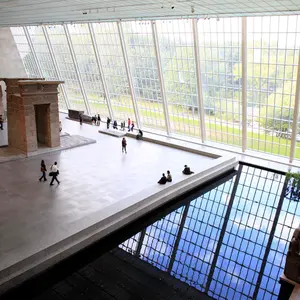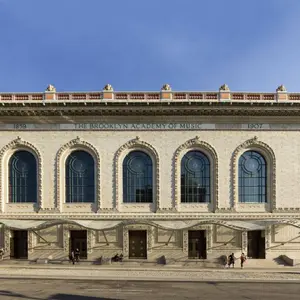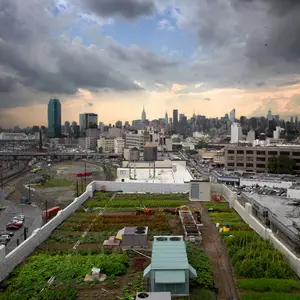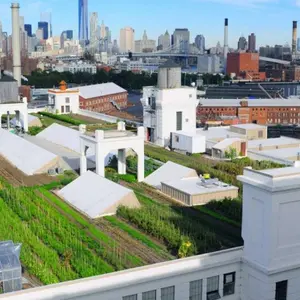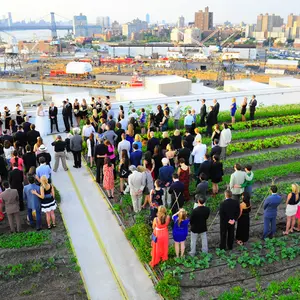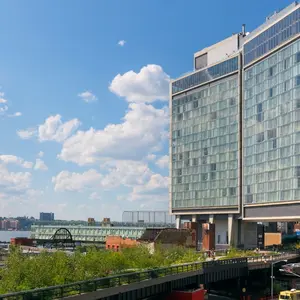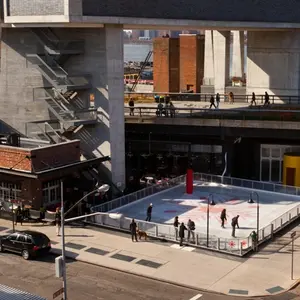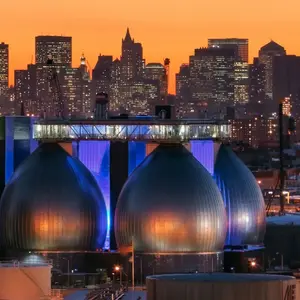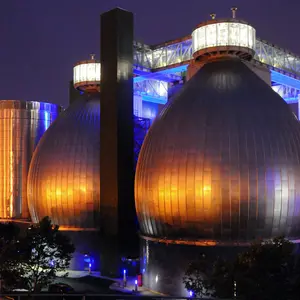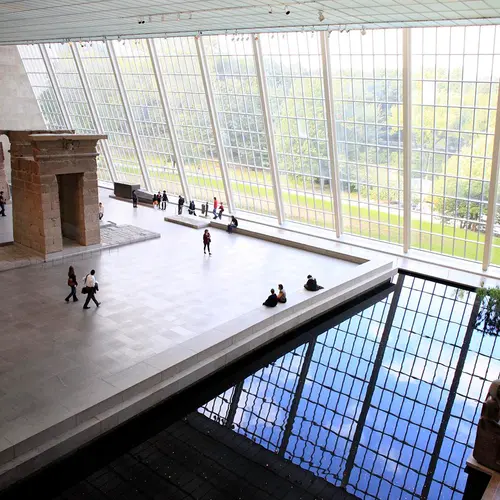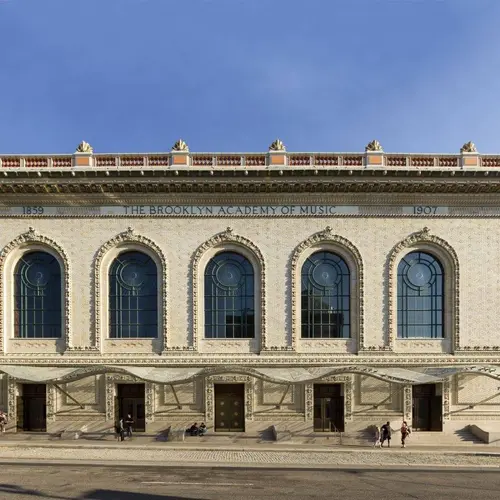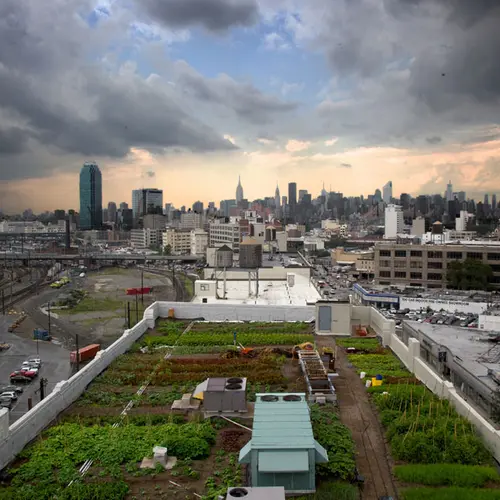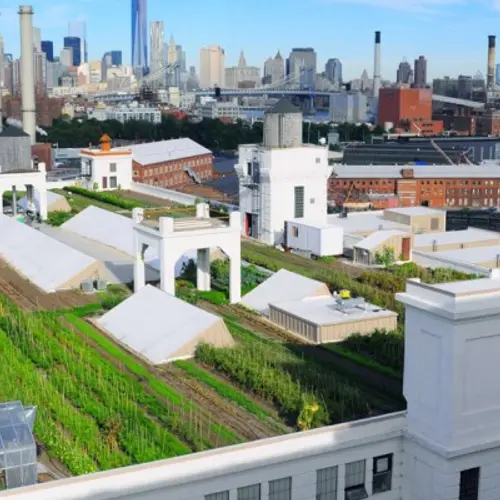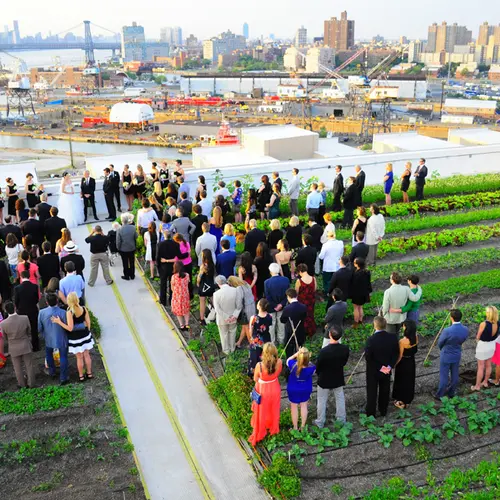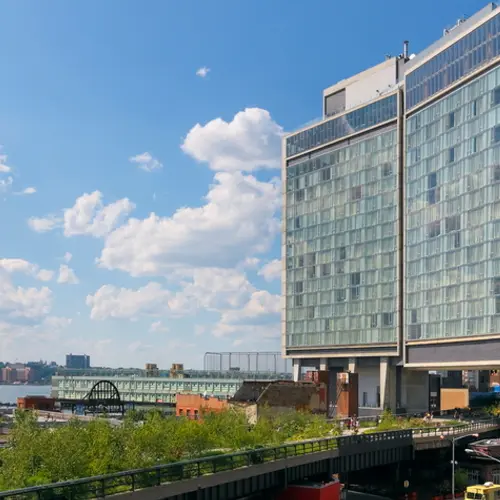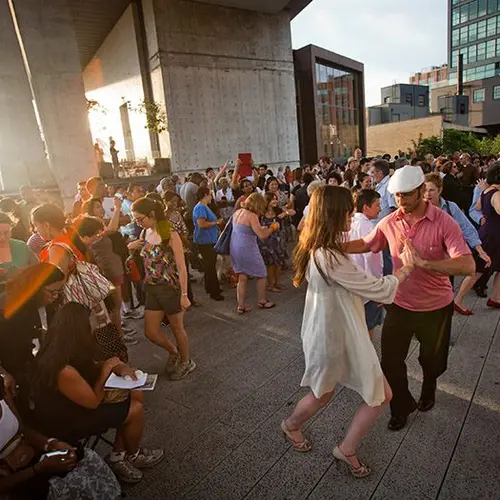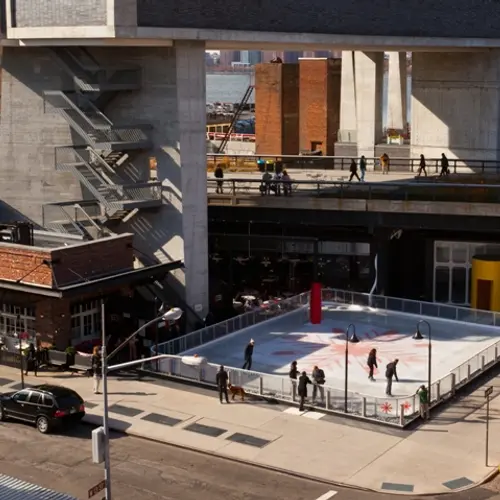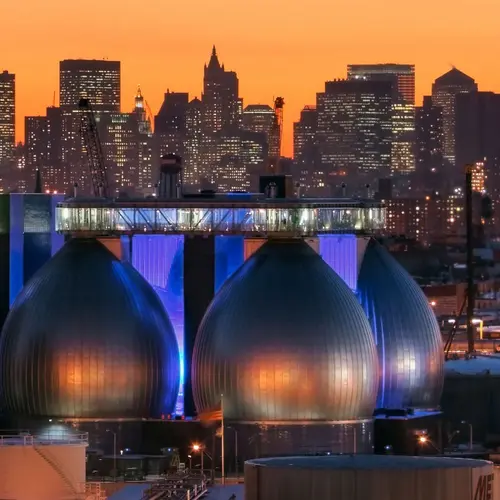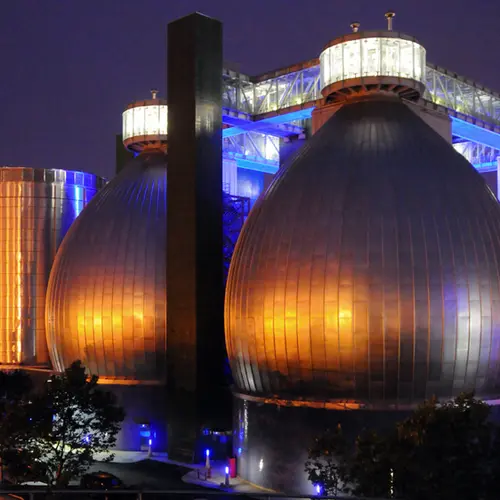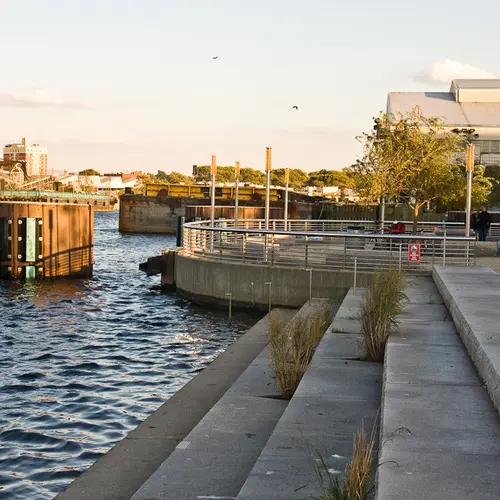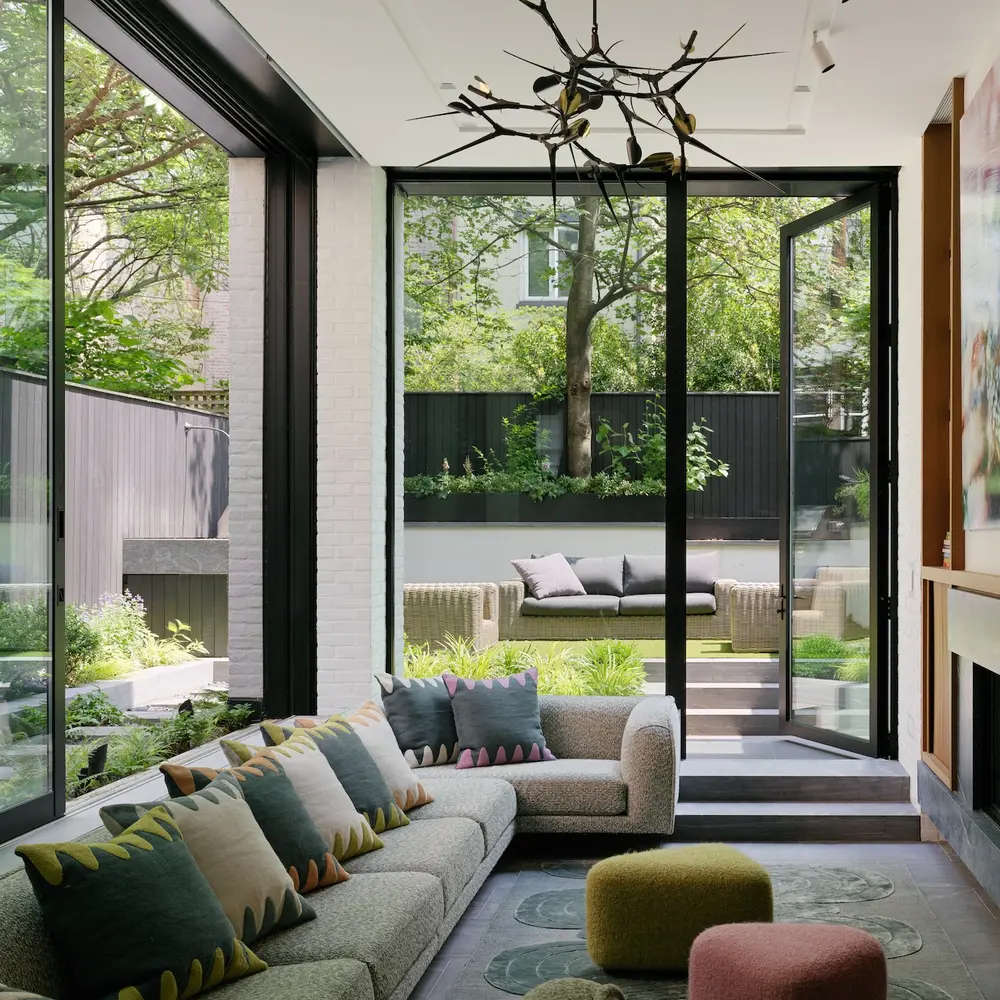Accidental Placemakers: Grand Architecture That’s Given Way to Micro-Enclaves of Culture
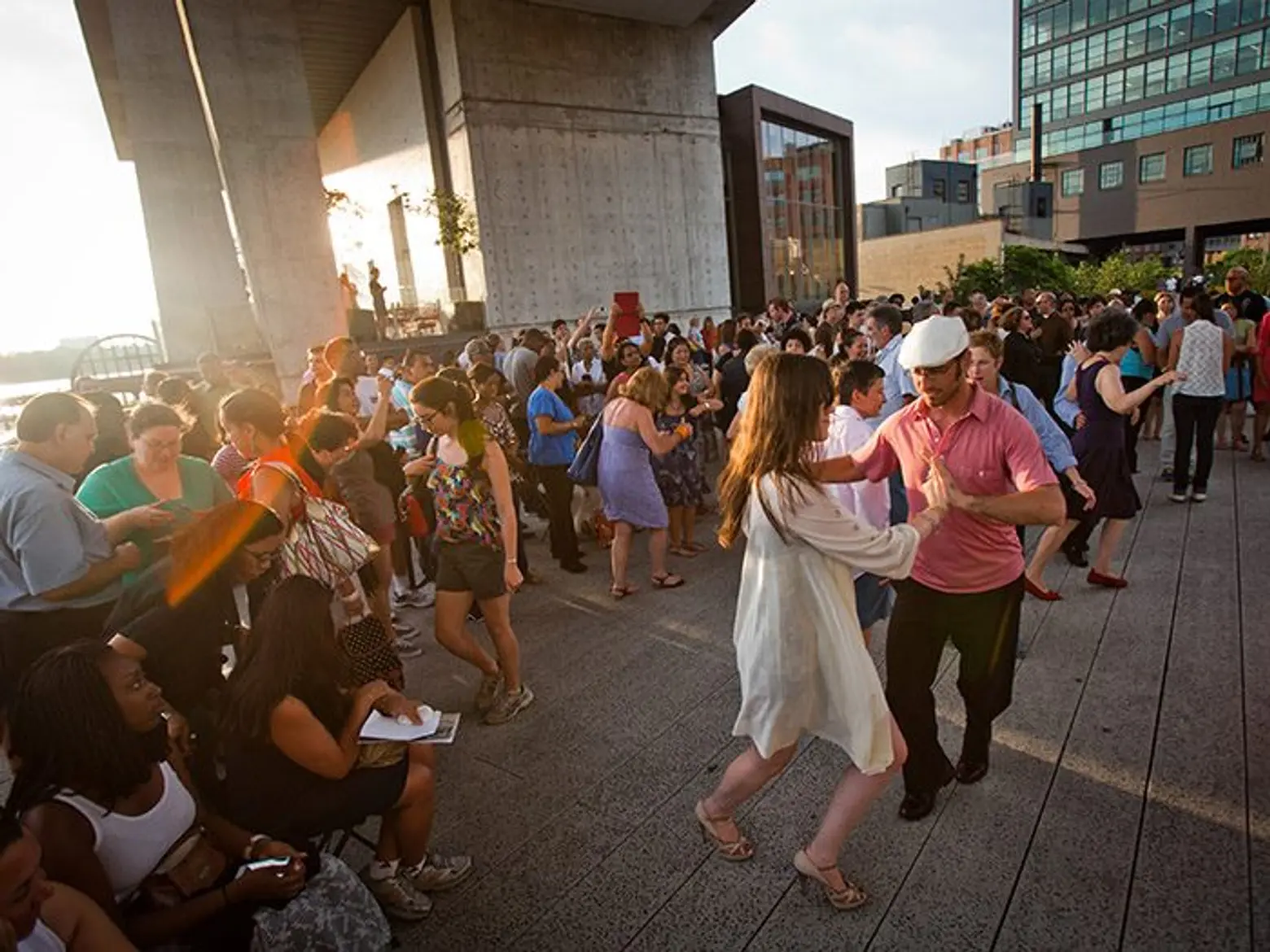
Lots of clout is given to the grand scheme design of buildings and parks, and for good reason; but every so often a singular design element or function can unexpectedly emerge from a work to create something even more extraordinary. Destinations in their own right, these “accidental placemakers” turn run-of-the-mill architectural features into dynamic public spaces that create memorable connections to their immediate sites and improve the quality of everyday life. Here we take a look at five examples found in New York City showing how great architecture, in the details, can give way to something more impactful than just a pretty building.
Beneath the High Line-Straddling Standard Hotel
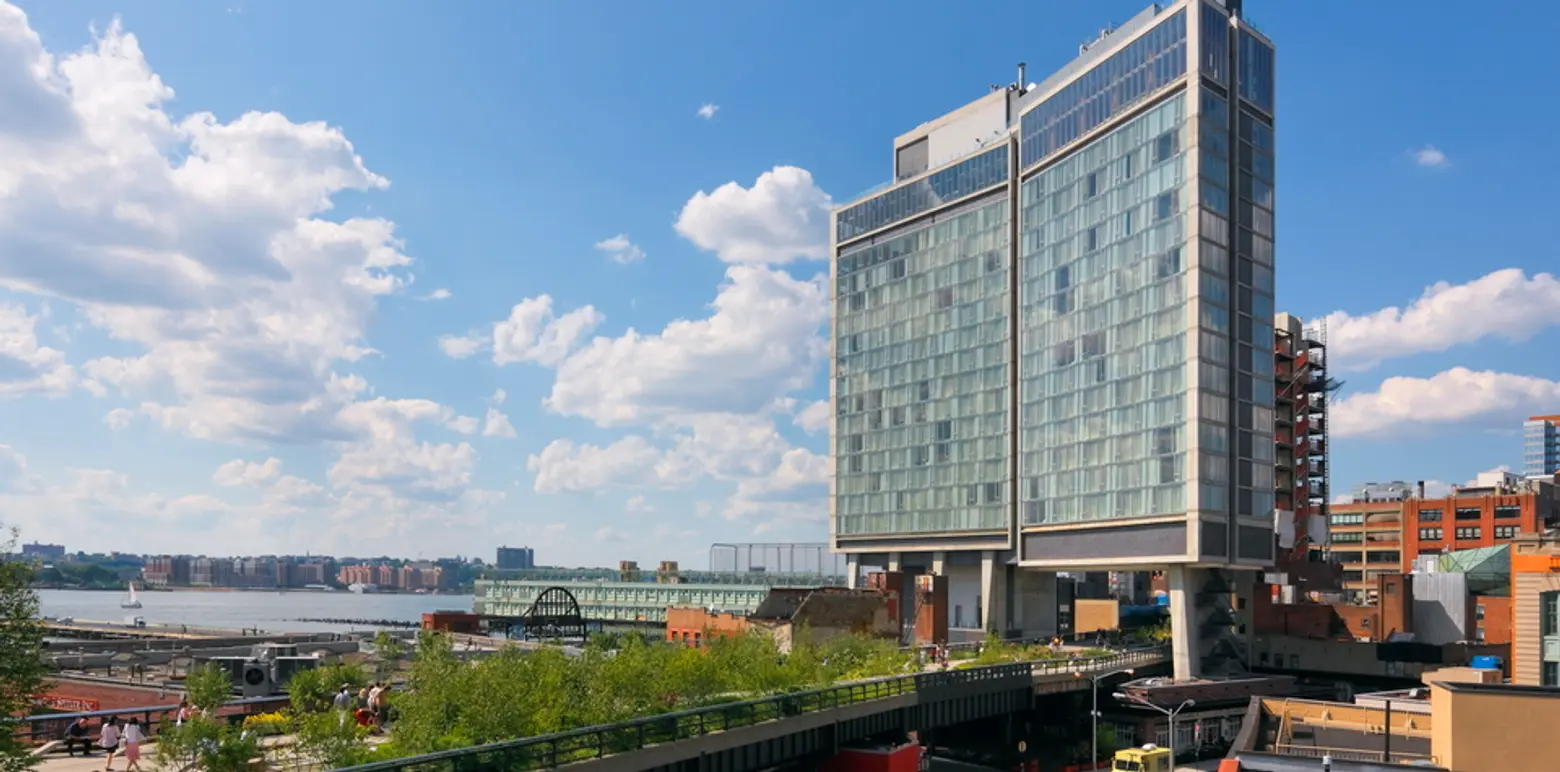
One of the city’s most recognizable buildings is the Standard Hotel. Designed by Ennead Architects (formerly Polshek Partnership), the Standard was constructed well before the area was demanding top rents and insane land prices. The hotel opened in 2010, the same year the first section of the High Line was inaugurated, and its presence has played a major part in the transformation of the Meatpacking District.
 Photo by Liz Ligon via friends of the High Line
Photo by Liz Ligon via friends of the High Line
But it’s the choice to have the building straddle the park atop two concrete stilts that makes the building especially unique. With its location at the base of the elevated rail, it has become the southern gateway to the park and an indelible part to both the experience and the identity of the High Line. The “sheltered” void below the hotel also provides a dynamic cultural meeting place that is frequently used for art exhibitions, parties, and other cultural events serving the public.
The Steps of the Met Museum
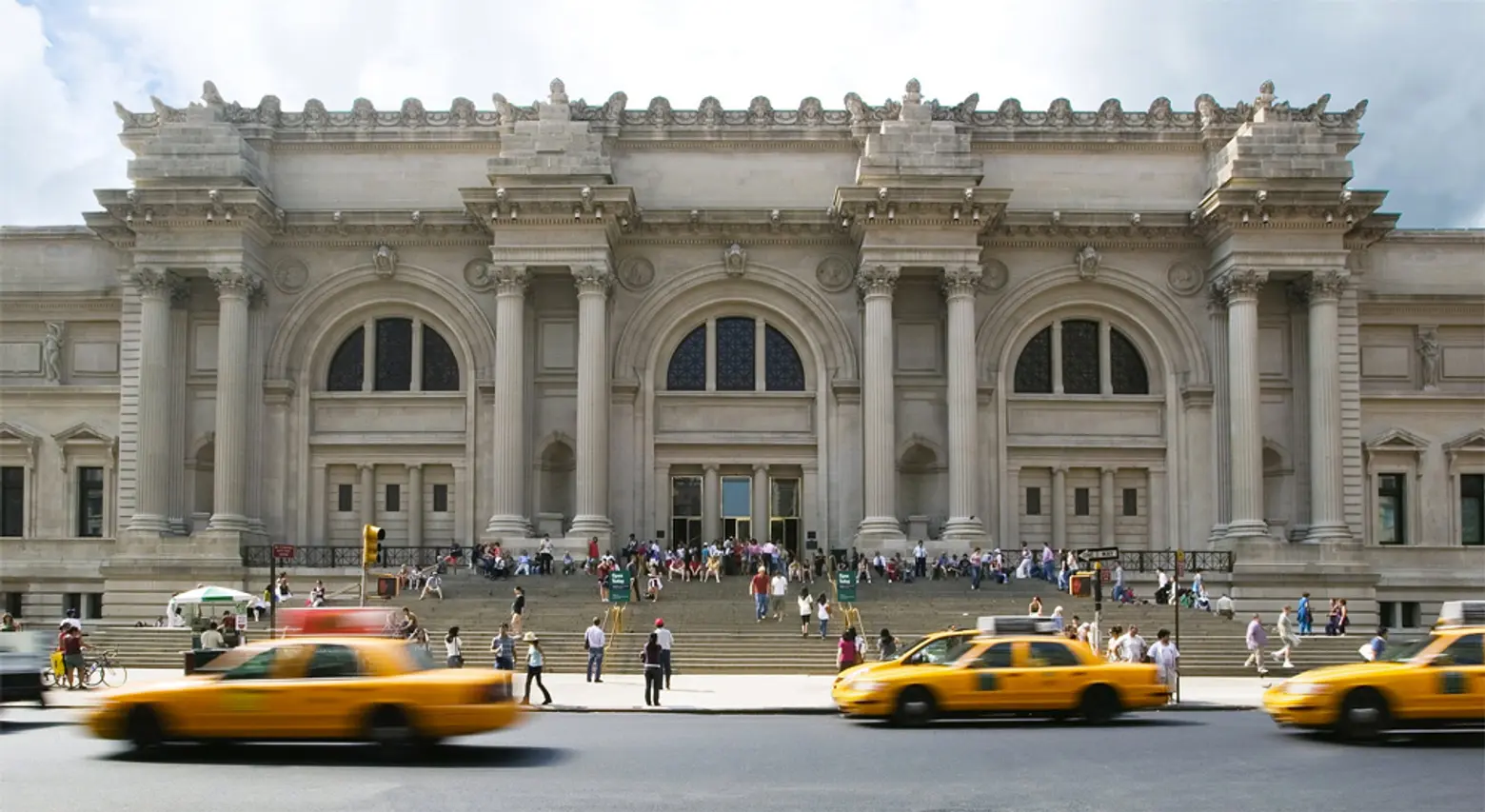
When a new architectural plan to expand the Metropolitan Museum was undertaken in the early 20th century, the update didn’t account for all of the future traffic that would one day fall upon its steps. The museum saw its biggest influx of visitors in the ’60s when blockbuster exhibitions brought droves of New Yorkers and tourists. At one point, the steps, just a narrow stairway back then, were considered dangerously crowded; as a result, they were expanded forward and to the sides to include two additional wide landings in 1975.
 Image © Rob Nguyen
Image © Rob Nguyen
Today the steps fill up as soon as the museum opens. They are a place to meet, eat, talk and watch both people and Fifth Avenue traffic. As McClandish Philips once wrote in The New York Times: “The museum’s front steps are commonly used for guitar playing, peach-eating, orange-peeling, sun-bathing, poetry-reading, cigar-smoking, book-reading, newspaper-browsing, frankfurter-eating, soda-sipping, postcard-writing, scene-sketching, picture-taking, small-talking, studying, staring, debating, deep-thinking, waiting for Godot and two of the six stages of flirting.” And now with a newly renovated $65 million plaza featuring grander fountains and more seating, this space is even more animated and colorful.
The Steps of the Brooklyn Academy of Music
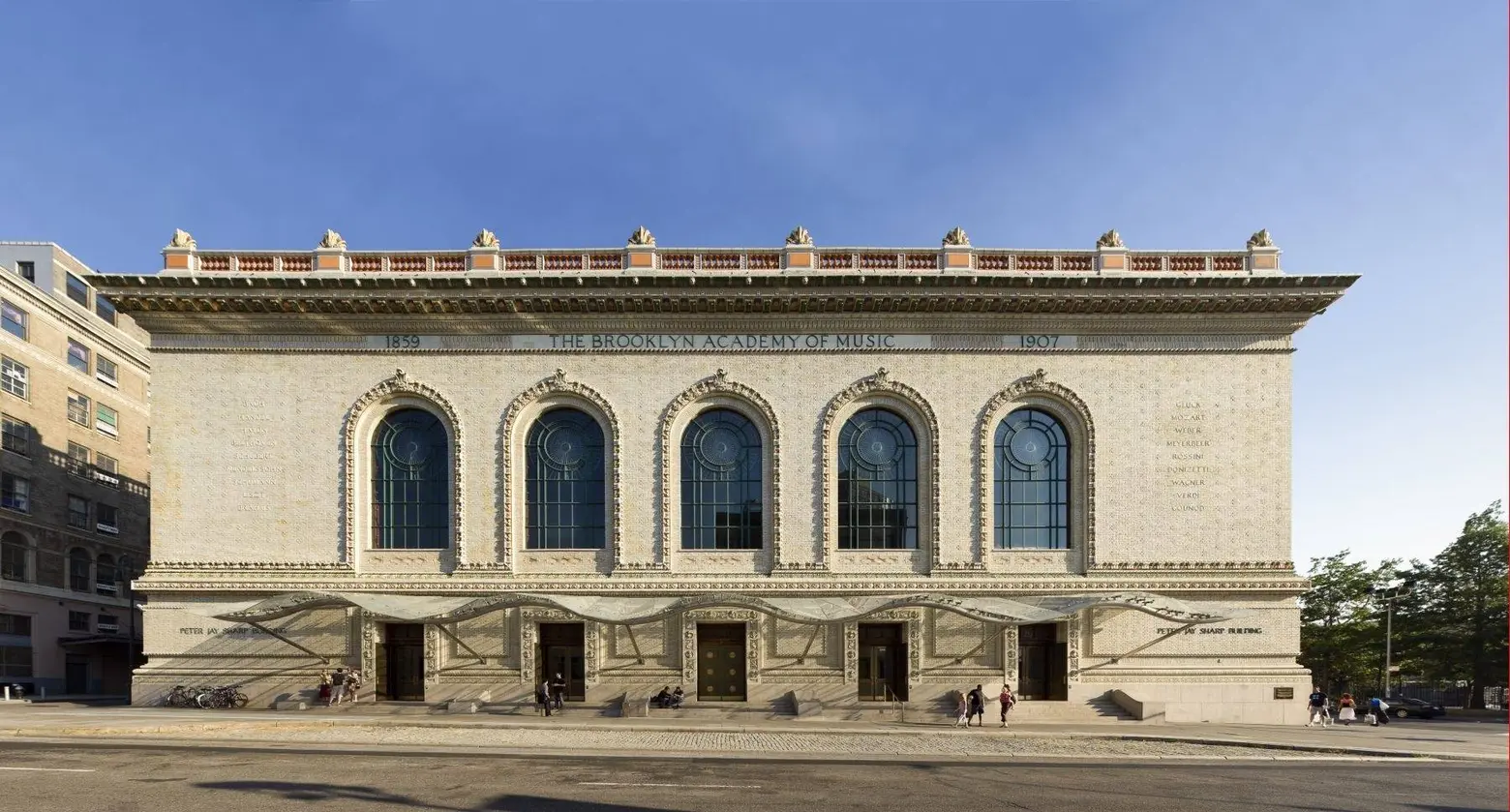
Much like the Met Museum, the Brooklyn Academy of Music in Fort Greene hosts expansive steps that are often filled with neighborhood residents and BAM-goers just hanging out and taking in the local scene. A glass canopy designed by H3 Hardy Architects over the stairs is a thoughtful modern addition that offers shelter from the sun and rain, making this an enjoyable space year-round.
Newtown Wastewater Treatment Plant
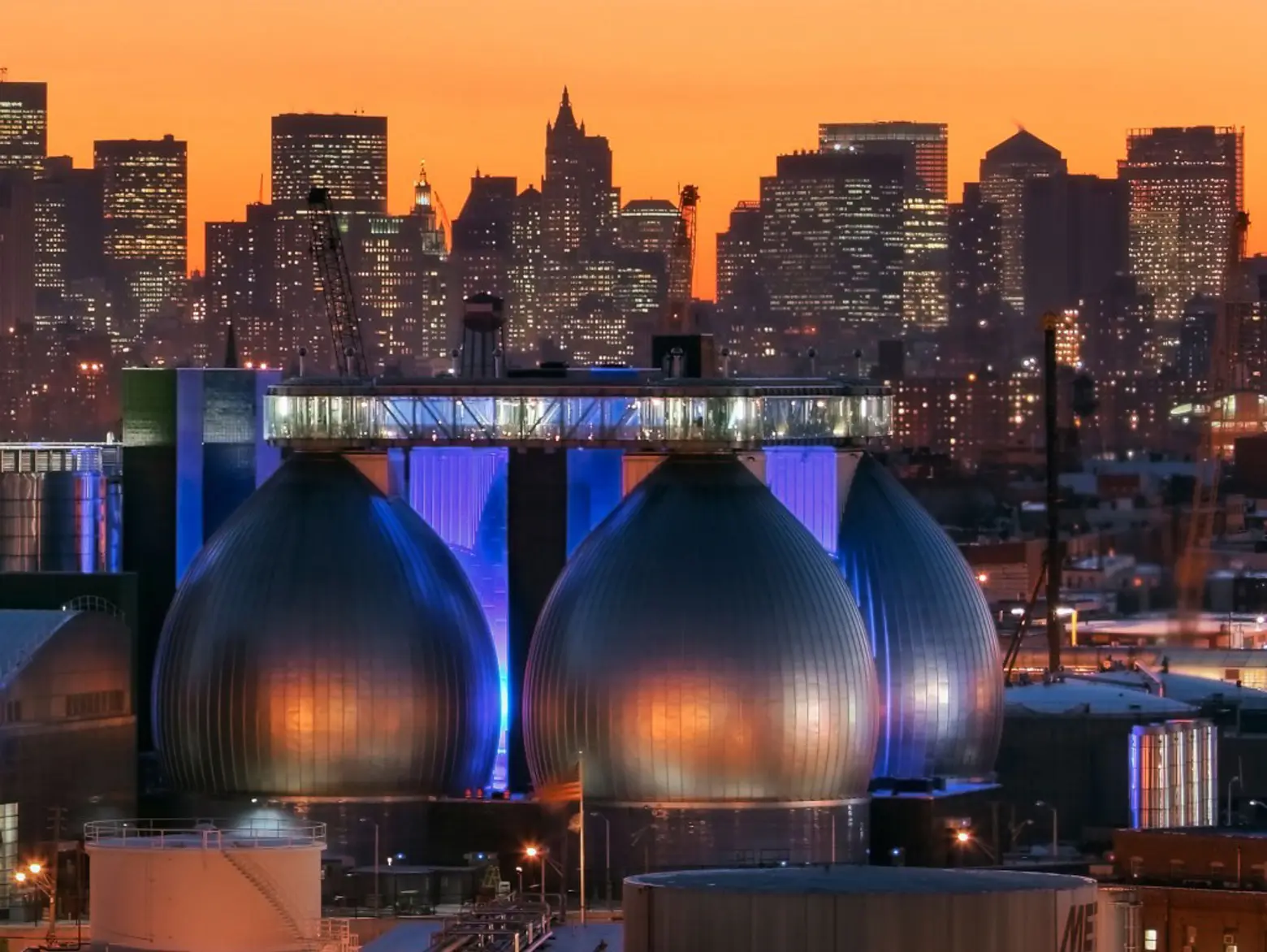
Who would have guessed that a waste water treatment plant could be considered a beautiful piece of architecture? Located in Greenpoint, Newtown Creek is the largest of New York City’s 14 wastewater treatment plants. The plant was originally constructed in 1967 but revamped in 2010 to update the building to today’s environmental and safety standards. Rather than doing a set of simple upgrades to meet code, the Department of Environmental Protection hired a group of world-class architects, designers and engineers to create a building that could represent the community’s interests while also responding to aesthetic concerns. Today the plant’s eight 140-foot tall metallic “digester eggs” (they process as much as 1.5 million gallons of sludge every day) have become a local landmark, a precedent-setting piece of city architecture, and a marker for motorists traveling on the surrounding highways and bridges.
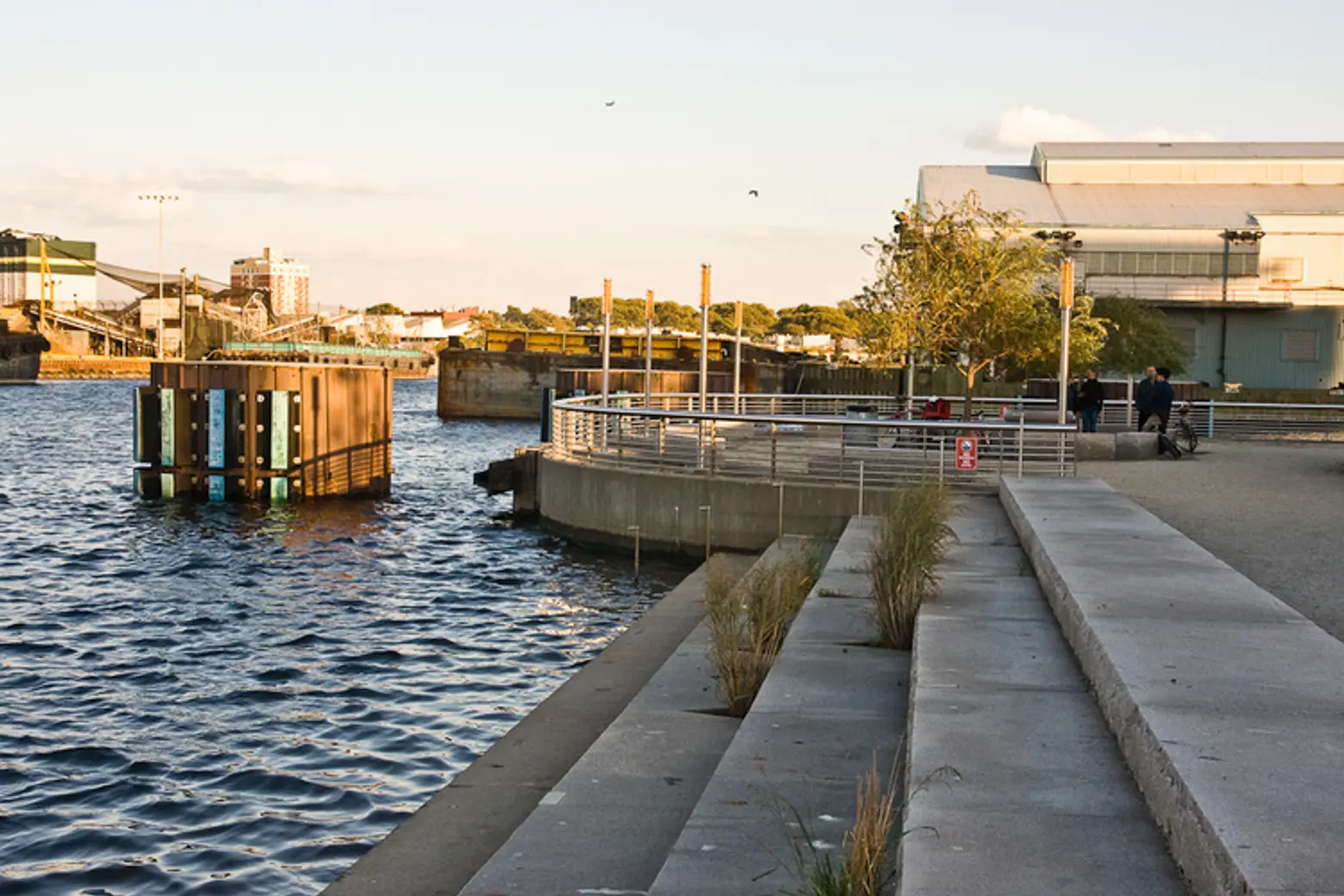 Photo by Will Sherman
Photo by Will Sherman
The redesign of the plant also included greening a quarter-mile of the Newtown Creek waterfront to create a Nature Walk highlighted with unique architectural features, plantings and environmental sculptures (oftentimes you can see river kayakers taking a break here). A new visitors’ center also invites anyone interested to learn about New York City’s water resources through exhibitions and programs. This project activated what would otherwise be a space closed off to the public.
Brooklyn Grange Rooftop Farm
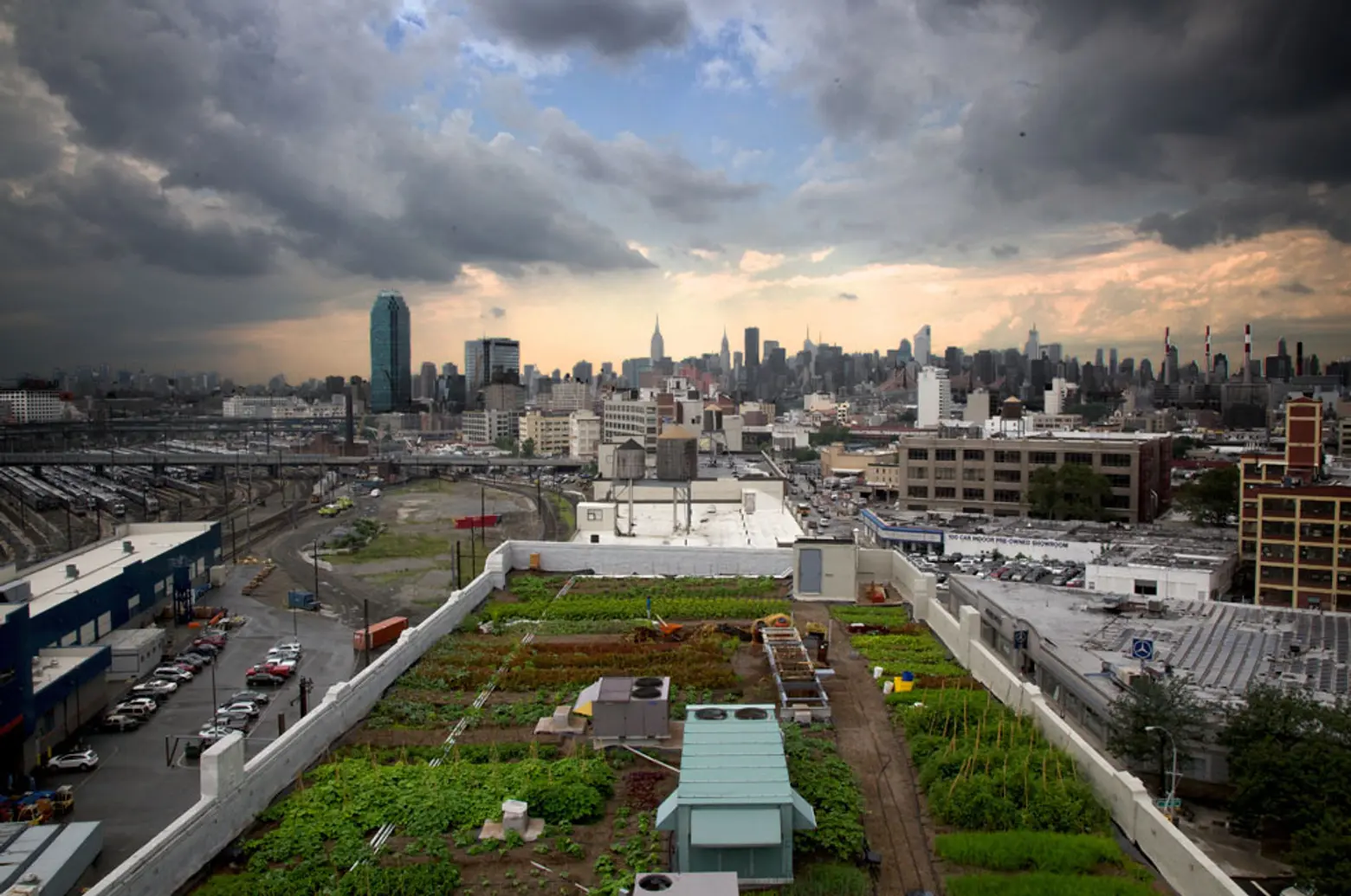
Our final example is an urban experiment that has exploded into a sustainable source for food, a learning environment, and a city escape in the sky. Located in the Brooklyn Navy Yard, Brooklyn Grange is an urban endeavor comprising 40,000 square feet of organic farmland atop a six-story 1919 warehouse. Built by Bromley Caldari Architects in 2010, it’s one of the largest rooftop farms in the world. This ambitious project showed us that urban farming on a large scale is possible, and today the farms boasts two rooftop vegetable farms (totaling 2.5 acres) that produce over 50,000 pounds of organically-grown vegetables each year. The Grange is also home to New York City’s largest apiary, with over 30 naturally-managed honey bee hives.
What makes this farm especially unique (apart from its rooftop locale, of course) is that, like Newtown Creek, Brooklyn Grange invites New Yorkers to experience the farm through guided tours, workshops that range from beekeeping to sustainable farming, and through yoga classes hosted up top. The farm has become an important part of the Navy Yard’s identity as a place that welcomes those from all walks. The space is, in fact, so spectacular and calming (think “herb-scented breezes”) that numerous weddings have been hosted here.
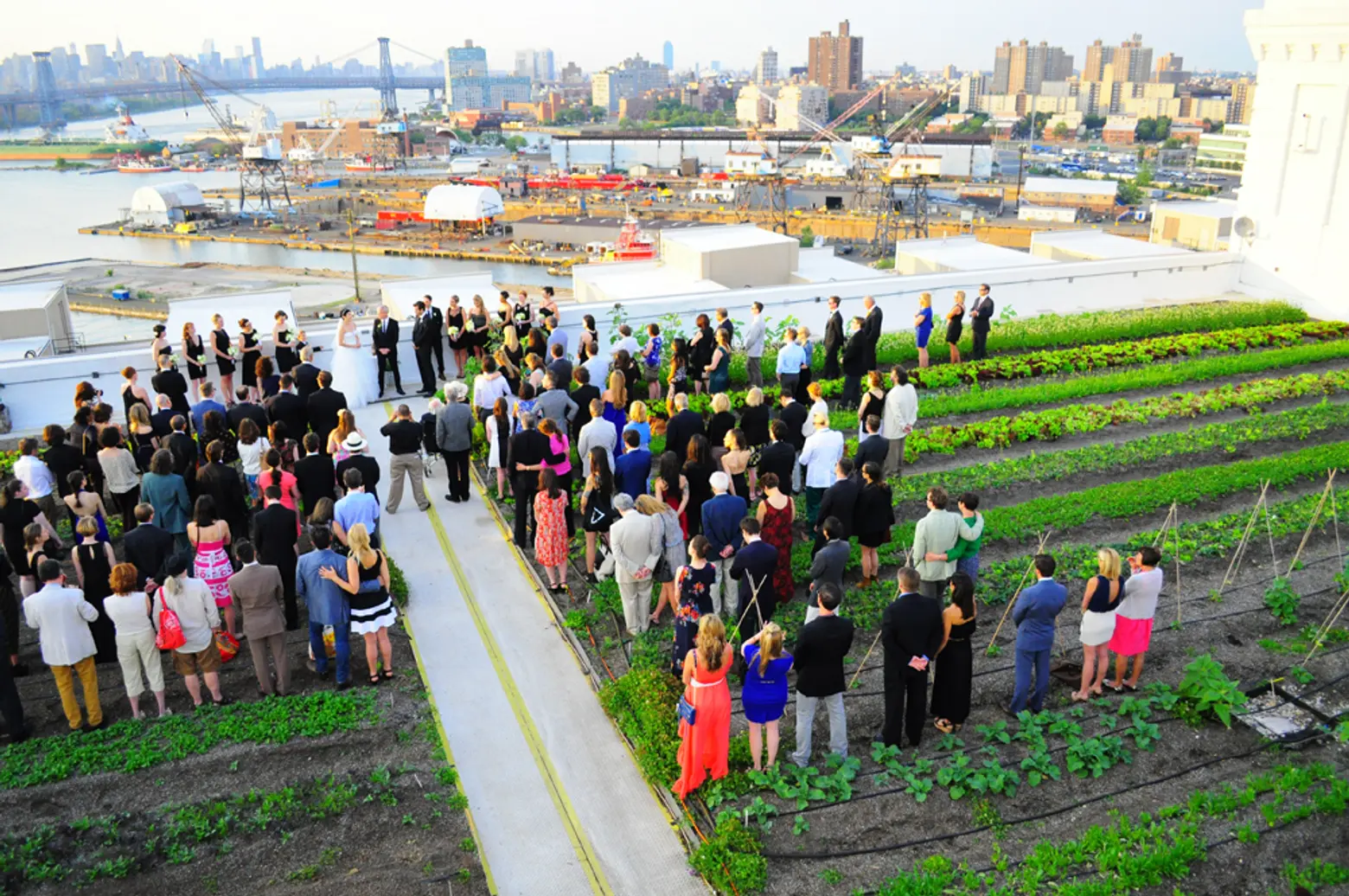
Know of any other accidental placemakers? Share them with us in the comments below. And take a closer look at the aforementioned examples in our gallery.
Lead image via Friends of the High Line

